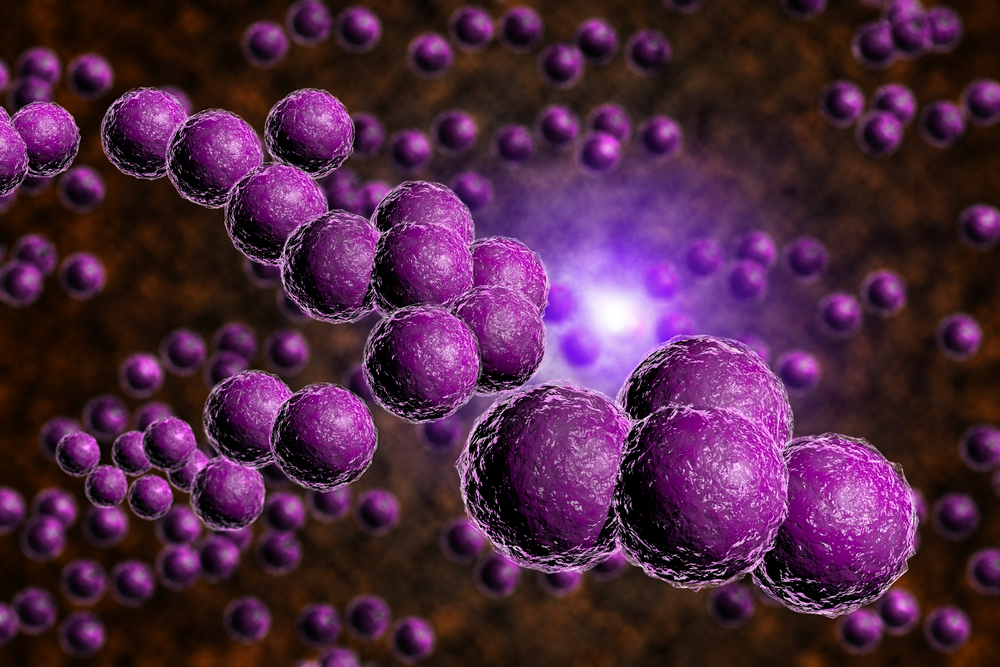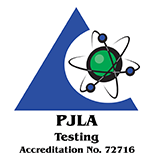Background: The growth of Staphylococcus aureus in foods presents a potential public health hazard since many strains of S. aureus produce enterotoxins that case food poisoning if ingested. Among the reasons for examining foods for S. aureus are:
- to confirm that this organism may be the causative agent of foodborne illness;
- to determine whether a food or food ingredient is a potential source of enterotoxigenic staphylococci;
- to demonstrate post-processing contamination, which usually is due to human contact with processed food or exposure of the food to inadequately sanitized food-processing surfaces.
Foods subject to post-process contamination with enterotoxigenic types of S. aureus represent a significant hazard because of the absence of competitive organisms that normally restrict the growth of S. aureus and the growth of enterotoxnis.
Method
Media
Turn Around Time
Sample Required
Type of Test
Detection Limit
Related Resources
AOAC 2003.07, 2003.11-3M Petrifilm ISO Accredited
3M Petrifilm equivalent to Baird-Parker Agar
2 Business Days
10 to 100 g or mL or 1 swab
Quantitative Plate Count Analysis
<10 CFU/g; <1 CFU/mL; <0.1 CFU/cm2
Analysis Description: The Petrifilm Staph Express Count Plate is a sample-ready culture medium system which contains a cold-water-soluble gelling agent. The chromogenic, modified Baird-Paker medium in the plate is selective and differential for Staphylococcus aureus.
The sample is diluted with a buffer, blended, and an extracted amount is plated on the Petrifilm, many times in a serial dilution format. Inoculated Petrifilm are incubated at 35°C for 48 hours.


